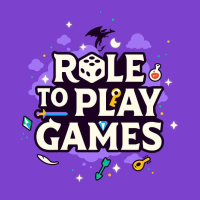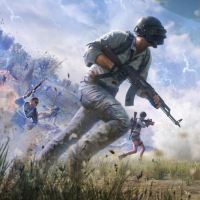An Encounter From The Past is a choice-driven narrative experience exploring memory, regret, and human connection through fragmented timelines. Players unravel cryptic encounters between Emma and a mysterious stranger, triggering nonlinear flashbacks that blur reality and fiction. A sensory-rich indie gem blending minimalist visuals with psychological depth, culminating in a hauntingly poetic conclusion shaped by player decisions.
Narrative Structure & Replayability
① The story unfolds via a multilayered timeline where past and present collide, demanding players decode hidden connections through environmental clues.
② Branching dialogue choices alter memory clarity, creating divergent interpretations of Emma’s relationship with the enigmatic figure.
③ Multiple endings emerge from subtle decisions—ranging from redemptive revelations to existential ambiguity—rewarding repeat playthroughs.
Character Development & Emotional Depth
① Emma’s internal conflict manifests through symbolic object interactions, such as a recurring pocket watch symbolizing fractured time perception.
② The stranger’s identity evolves via fragmented voice logs, revealing parallel story arcs that question memory reliability.
③ Subtle facial animations and ambient sound design amplify tension during pivotal moral dilemmas, fostering visceral audience attachment.
Aesthetic Innovation & Worldbuilding
① Surreal visuals merge hyper-detailed 2D backgrounds with glitch-art transitions, mirroring Emma’s destabilized psyche.
② Dynamic lighting shifts subtly reflect emotional states, dimming during repressed memories and intensifying during confrontations.
③ Diegetic soundscapes—like distorted café chatter or muffled heartbeats—immerse players in Emma’s subjective reality without exposition.
Player Agency & Philosophical Themes
① Choices impact not just plot progression but also the game’s meta-narrative structure, blurring player and character agency.
② Ethical questions about truth manipulation arise when players discover their actions rewrite historical context within the story.
③ Final sequences deconstruct narrative control, challenging players to reconcile their crafted reality with the story’s inherent subjectivity.




















Preview: